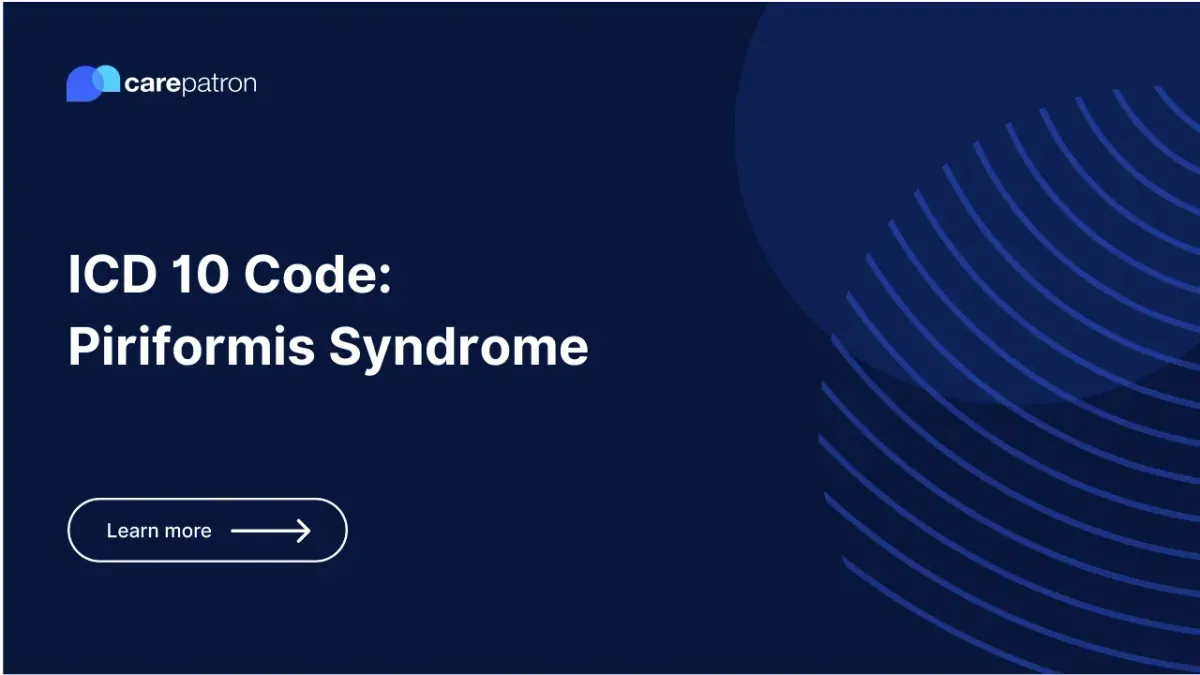
Piriformis Syndrome ICD-10-CM Codes
Discover the key ICD-10 codes used for diagnosing & treating Piriformis Syndrome. Learn about these vital tools in medical billing & coding.
Use Code
Commonly asked questions
Use these codes to diagnose a Piriformis Syndrome patient to ensure accurate documentation and billing.
Yes, Piriformis Syndrome-related diagnoses are billable per ICD-10 coding guidelines.
Common treatments include physiotherapy, medications for pain and inflammation, and, in some cases, surgery.
EHR and practice management software
Get started for free
*No credit card required
Free
$0/usd
Unlimited clients
Telehealth
1GB of storage
Client portal text
Automated billing and online payments
